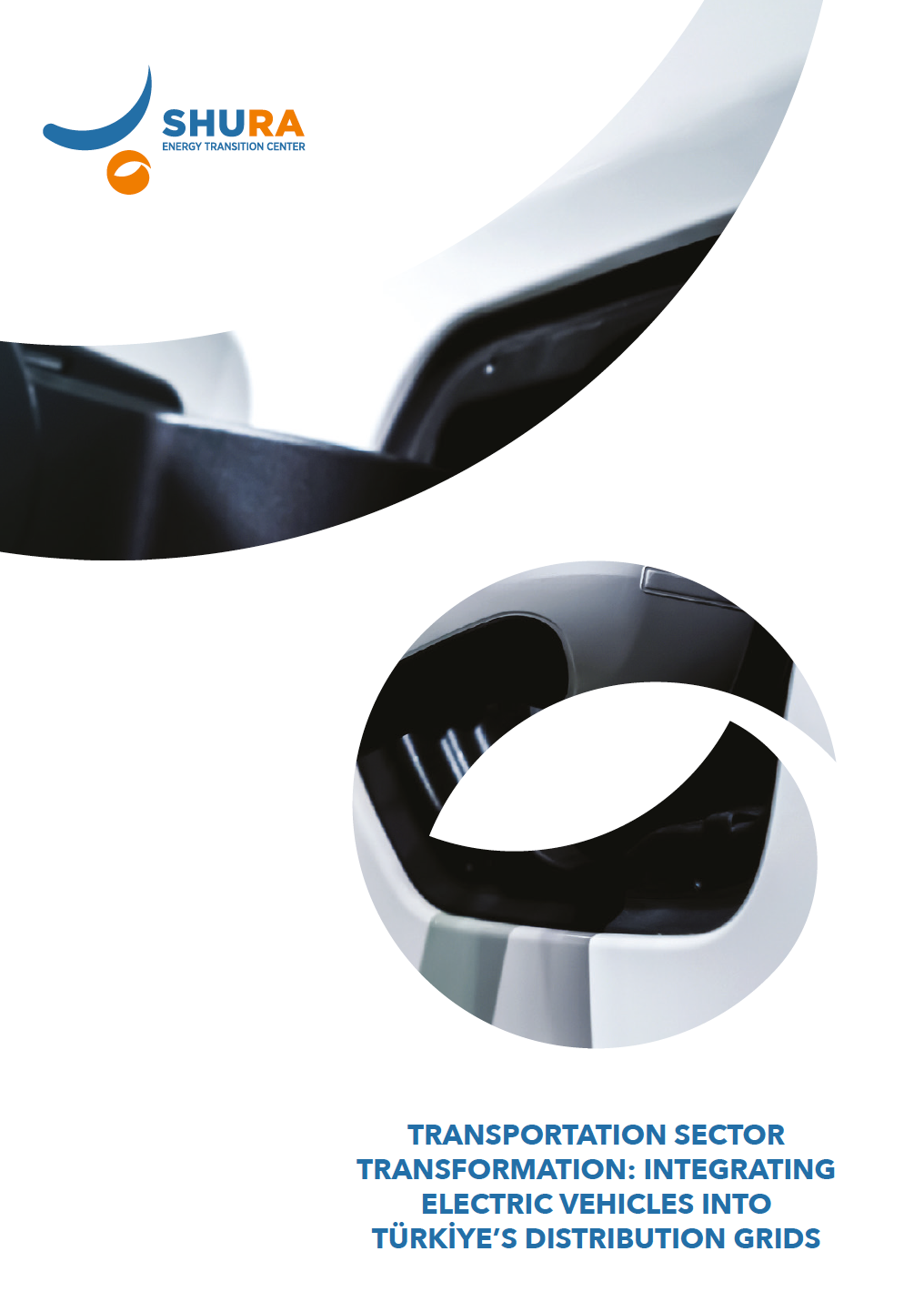Global electric vehicle (EV) sales are on the rise thanks to policies that address the development of different types of EVs and the rollout of charging infrastructure. By the end of 2018, the total number of EVs in the global vehicle stock exceeded 5 million with a similar number of charging stations in place. Projections show that the total number of EVs worldwide could increase to between 120 and 250 million by 2030. Compared to these developments, Turkey is only starting now with the development of its EV sector with around 1,000 EVs being driven. However, with the increasing ownership of cars and growing population, there is a significant potential to increase EV use in the country. This will help reduce urban air pollution, and provided that electricity is supplied from renewables, it will also reduce emissions of carbon dioxide
in both transport and power sectors.
Integration of EVs into the power system is a major concern since their charging, when uncontrolled, can create negative impacts on the operation of distribution grids. To limit these impacts and manage the additional electricity load of EVs, smart charging concepts and business models are emerging to help cost-effective charging for EV users and encourage more efficient grid use. To date, no such assessment has been carried out for Turkey to understand how a high share of EVs can be integrated into distribution grids and how different charging optimisation strategies can help reduce impacts related to their integration.
In this study, carried out by SHURA Enerji Dönüşümü Merkezi the “High Growth” market scenario takes the total number of passenger vehicle EVs in Turkey’s total stock to more than 2.5 million by 2030, which represents 10% of the total vehicle stock in the same year, while the sales of battery and plug-in hybrid EVs reach 55% of all vehicle sales in the same year.1 To charge these vehicles, five types of charging options that differentiate between home, workplace and public charging have been considered at alternate (AC) and direct current (DC) levels. A total of 1 million charging points have been assumed, up to 25,000 points of which are DC level fast chargers. To estimate the distribution grid impact (measured by the additional capacity and investments in distribution grid lines and transformers, voltage violations and overloading) between 2018 and 2030, an hourly resolution distribution grid model has been developed based on real grid data that represent Aegean, Central Anatolia, Marmara and Mediterranean regions of Turkey. These regions are the places where the first market development of EVs is expected since they are the most populated areas with the highest economic activity. Different charging behaviour and patterns, as well as charging point locations and technologies, have been assessed.





